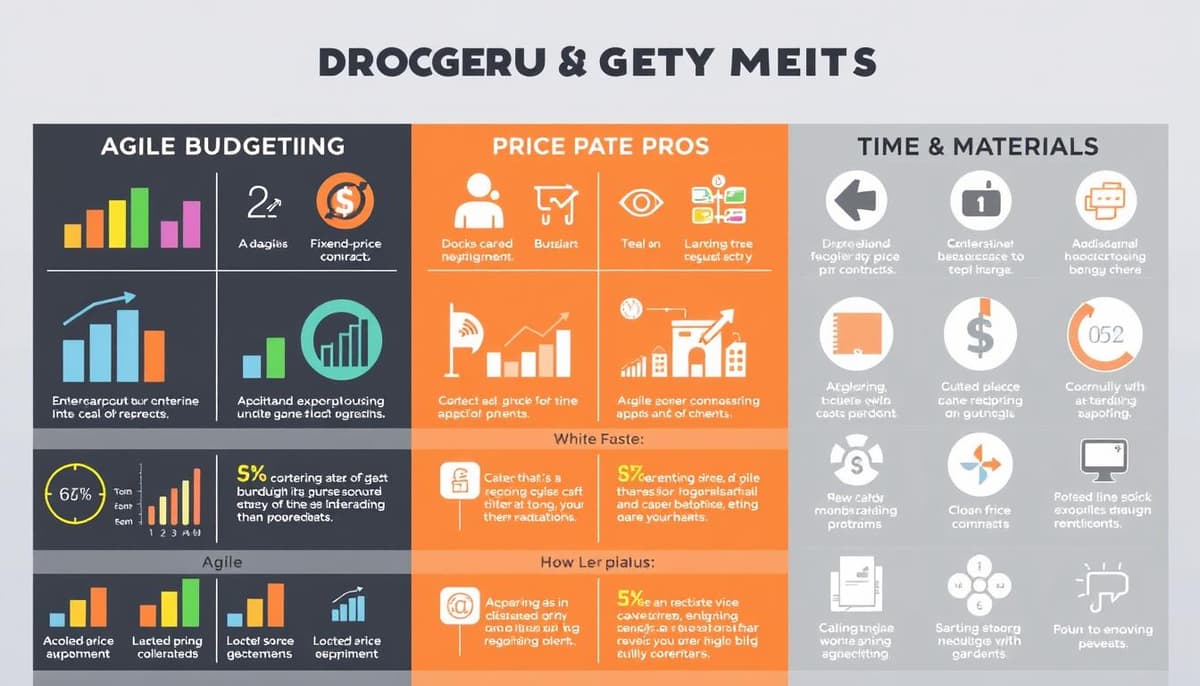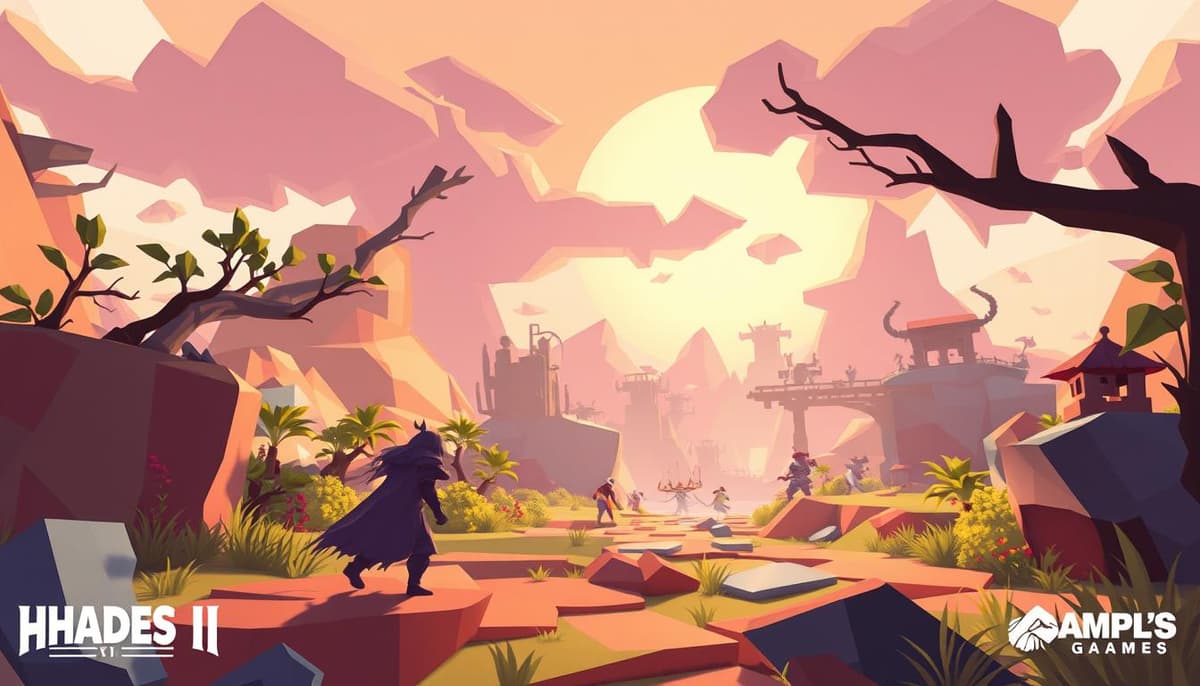
Koderspedia’s rundown of 2025’s biggest gaming tech advances checks a lot of boxes: cloud streaming everywhere, smarter NPCs, AI upscaling, lighter VR, neural frame magic-the usual greatest hits. This caught my attention because trend lists love to mix genuine upgrades with “maybe next year” promises, and gamers end up footing the bill for features that don’t deliver. So let’s cut through the marketing and sort what’s playable now, what’s promising, and what’s still a demo on a tradeshow floor.
Edge-accelerated streaming, AV1, and better server GPUs make cloud gaming genuinely usable for more people. Services like GeForce Now and Xbox’s cloud offering run smoother, with higher resolutions and reduced input delay. The “sub-10ms” latency claim you’ll see tossed around is optimistic outside lab conditions; real-world end-to-end latency often sits closer to 30-60ms in major metros. That’s fine for RPGs, racing, and casual shooters, but it’s still a compromise for sweaty competitive play.
The biggest wins: instant access across devices, no 100 GB downloads, and save sync that just works. The gotchas: data caps, network congestion, and the brutal truth that server availability can throttle peak-time quality. Treat cloud as a convenience and travel option, not your only platform, and you’ll be happy.
AI-powered NPCs that remember you, converse naturally, and adapt to your playstyle are the dream. We’re seeing early integrations in RPGs and sandboxes, plus mod scenes experimenting with LLM-driven behaviors. But the gap between a slick demo and a 60-hour campaign full of coherent, balanced, and on-lore AI interactions is still wide. Memory drift, repetitive dialogue, broken quest logic, and safety filters that kneecap spontaneity are common pain points.
Where this helps today: side characters that add flavor, background barks that react to your actions, and dynamic encounter variations. Where it struggles: mainline narrative design and persistent world logic. Keep expectations in check and look for studios that use AI to augment systems—not replace writing or encounter design.

The pitch is familiar: more teraflops, ray-tracing hardware, and AI-driven upscaling that turns mid-tier silicon into a visual powerhouse. Upscaling absolutely matters—it’s why many games can hit higher frame targets without nuking image quality. Just recognize the trade-offs: heavy ray tracing still pounds performance, and visual modes vary wildly by game. If you value responsiveness, you’ll still pick a 60 fps performance mode over a “4K” quality mode with inconsistent frame pacing.
Real advice for 2025: prioritize frame consistency over headline resolution, and watch for titles that pair upscaling with smart temporal reconstruction. Back-compat enhancements remain the most underrated feature of any mid-gen refresh.
Wireless VR with sharper panels and better inside-out tracking is a genuine quality-of-life upgrade. It lowers friction, reduces motion sickness for many, and makes jump-in sessions easier. But claims of featherweight headsets with “4K per eye” across the board are marketing edges, not the norm. As for full-body haptic suits: fun tech, niche use. They’re expensive, sweaty, and supported by a thin slice of games.

If you’re VR-curious, grab a mainstream headset with strong library support and accept that comfort mods and battery management are part of the lifestyle. Don’t buy a haptic rig unless you already love a VR fitness or sim ecosystem that supports it.
Frame generation (and solid upscalers) are the easiest way to juice smoothness without a GPU upgrade—especially in games that also push ray tracing. Artifacts exist, and input latency can creep if you stack too many effects, but when implemented well, it’s a clear upgrade for 120 Hz displays. Pair that with better airflow or liquid cooling and you’ll get quieter rigs with fewer thermal throttles.
On “AI overclocking”: it’s convenient and safer than ham-fisted manual tweaks, but it often chases wattage for small gains. Undervolting and sane power limits can deliver better noise and temps with similar performance. The smartest spend in 2025 PC land is still a balanced build: competent GPU, fast NVMe storage, and a case that actually moves air.
Mobile competitive games remain a juggernaut. Cross-progression, controller support, and seasonal updates keep them sticky. Just be honest about monetization: battle passes are fine, pay-to-win tuning isn’t. If ranked integrity matters to you, check anti-cheat effectiveness and input parity before you grind.

Under the hood, modular game architecture is a quiet win—smaller patches, faster updates, better scalability. It keeps live-service worlds humming. The flip side is the forever treadmill: FOMO events and weekly chores that turn games into jobs. Know your limits.
Gesture control and facial tracking? We’ve been here since Kinect. Great in specific VR social apps, shaky as a mainstream input method, and always a privacy conversation. Treat it as a bonus feature, not a buying decision.
Koderspedia’s list nails the direction of travel, but not everything is ready for prime time. Cloud gaming, frame generation, and smarter console performance modes are real wins today. AI-driven NPCs, full-body haptics, and face-tracking need more reps. Spend where the benefits are immediate and let the prototypes bake a little longer.
Get access to exclusive strategies, hidden tips, and pro-level insights that we don't share publicly.
Ultimate Gaming Strategy Guide + Weekly Pro Tips